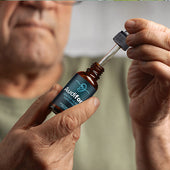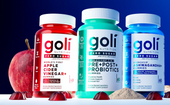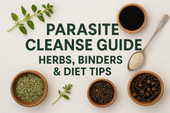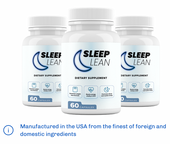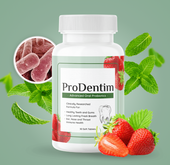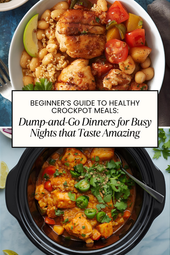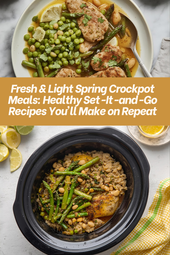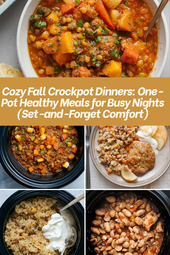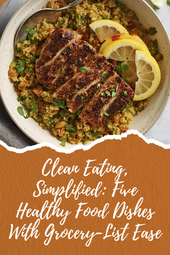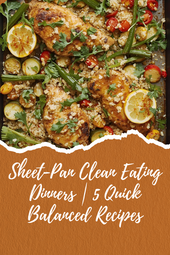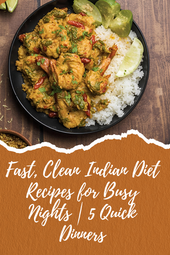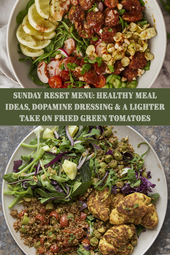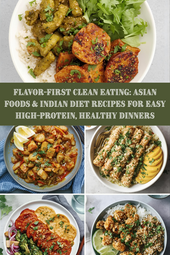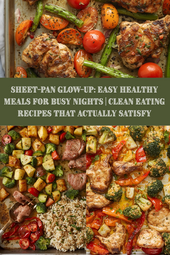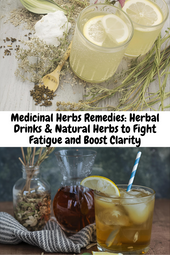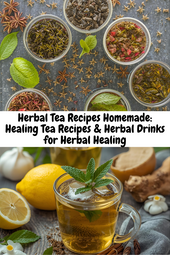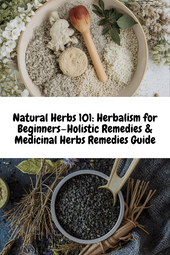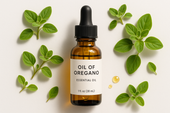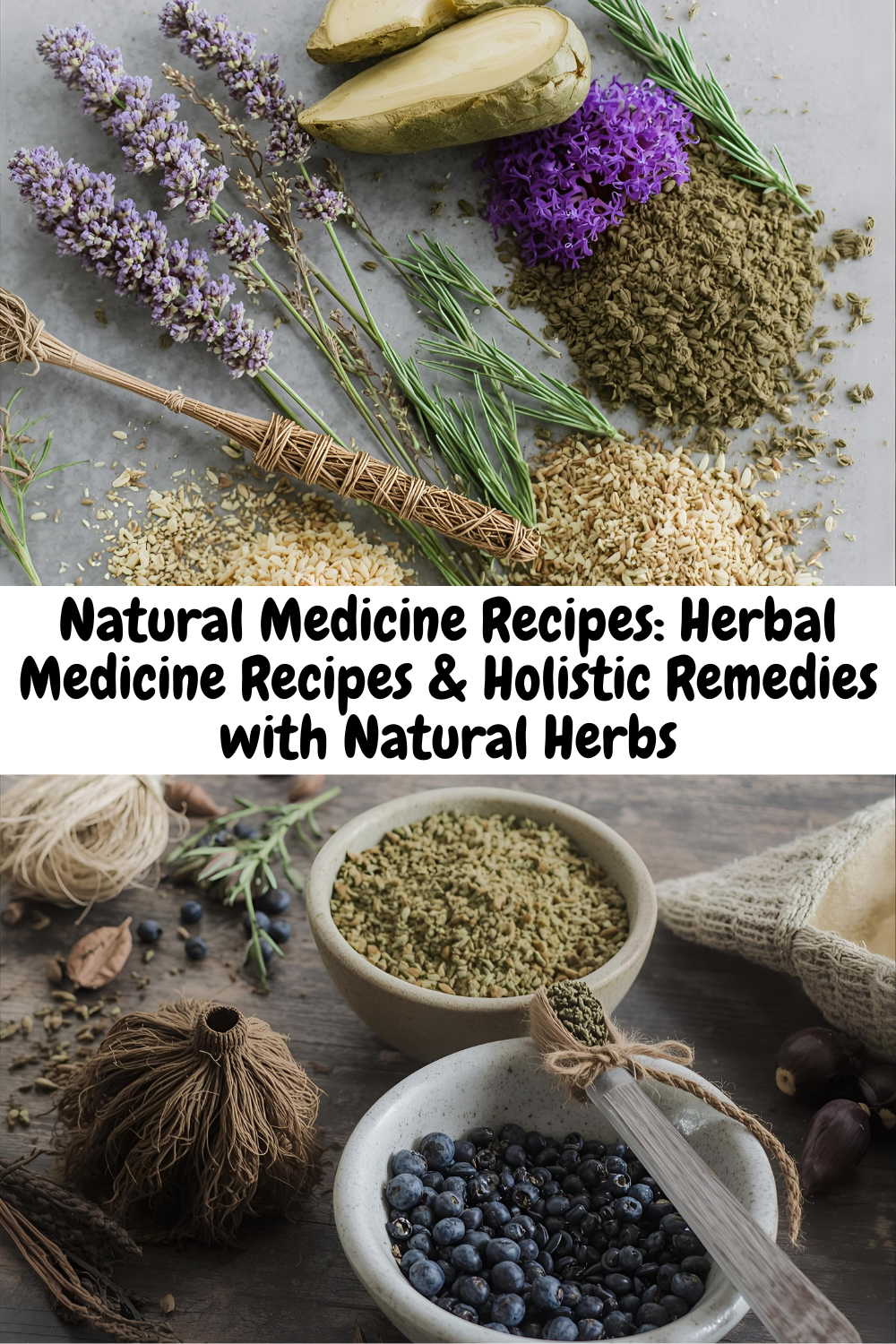
Natural Medicine Recipes: Herbal Remedies with Natural Herbs
Share
Gentle, beginner-friendly wellness you can make at home
Disclaimer: This content is educational and not a substitute for medical advice. Consult your healthcare provider before using herbs, especially if you are pregnant, nursing, taking medications, or preparing remedies for children. Do not give honey to children under one year old.
INTRODUCTION
Natural herbs have supported everyday wellness for centuries, and today they’re easier than ever to fold into real life. When most people hear “herbal healing,” they imagine complex formulas or expensive tools. In reality, herbalism for beginners is about simple, repeatable methods that fit your kitchen and schedule. A warm adaptogen latte before bed, a jar of elderberry and thyme honey syrup in the fridge, a bright oxymel by the sink, and a small tin of soothing salve in your bag can become steady touchpoints throughout your day. This guide introduces natural medicine recipes and holistic remedies made with accessible ingredients you probably recognize from your pantry: ginger, lemon, thyme, garlic, and nourishing flowers and leaves. The point is not perfection; the point is practicality. With clean technique, patience, and attention to how your body responds, you can build a personal routine that supports calm, clarity, and steady energy.
WHAT “NATURAL MEDICINE” MEANS IN THIS GUIDE
In this article, natural medicine means whole-plant preparations you make and use at home: teas and infusions, syrups and oxymels, infused honey, and simple topical salves. These are not pharmaceutical replacements. They are gentle, food-like preparations that complement a balanced lifestyle. Natural medicine recipes are intentionally uncomplicated. You will heat water, simmer fruit and spices, pour apple cider vinegar and honey over sliced roots and citrus, and melt a little wax into herbal oil. Each method preserves plant aroma and flavor while creating something versatile enough to use daily.

WHY THESE METHODS WORK FOR BEGINNERS
Teas and long infusions are the easiest starting point because they rely on time and temperature rather than precision equipment. A standard cup of tea is simply hot water poured over dried leaves or flowers and covered to capture aroma. A long infusion starts similarly but steeps for hours to create a deeper, more mineral-rich drink. Syrups feel familiar because they live in the world of food. You gently simmer berries and aromatics in water, reduce the liquid, then stir in raw honey or maple when it has cooled to warm. Oxymels are equal parts vinegar and honey infused with herbs. The bright acidity wakes up the palate, and the sweetness rounds the edges so the result is sippable by the spoon or in a splash of water. Infused honey captures the fragrance of leaves and flowers with almost no effort beyond patience and clean jars. A simple salve translates garden blossoms into a soothing, portable balm for dry hands and rough patches. None of this requires specialized gear. A saucepan, a fine mesh strainer, a quart jar with a tight lid, and a couple of clean tins are enough to build a small home apothecary.
HOW TO SOURCE AND STORE NATURAL HERBS
Choose reputable suppliers and, when possible, organic herbs that smell vivid and look vibrant. Dried herbs should be crisp rather than dull or dusty, and whole pieces keep their character longer than powders. Store your herbs in airtight containers away from heat, light, and moisture. Label jars with the herb name and the date so you rotate stock easily. When working with honey, vinegar, or oils, use clean utensils and jars to keep flavors fresh. If you are infusing oil for a salve, keep the heat low and steady and strain carefully so no plant particles remain in the finished balm. Simple housekeeping like this goes a long way toward consistent results.

BUILDING A SMALL, USEFUL HERBAL PANTRY
You do not need dozens of jars to make effective holistic remedies. A practical starter set might include elderberries for classic kitchen syrups, ginger for warmth and digestion, thyme for aromatic brightness, sage for cozy throat blends, lemon for lift and fragrance, and raw apple cider vinegar and raw honey for oxymels and infused honeys. For evening calm, ashwagandha powder pairs well with warm milk and familiar spices, creating an adaptogen latte often called moon milk. For topical care, calendula blossoms make a beautiful infused oil, and a pinch of lavender lends a gentle, relaxing aroma. These ingredients overlap across recipes, which keeps costs down and helps you learn how each plant tastes and feels in different contexts.
FITTING REMEDIES INTO A DAILY ROUTINE
Morning is a natural time to use an oxymel. A teaspoon or two in a small glass of water provides a bright, zesty start that signals the day has begun. If you prefer a mealtime anchor, the same oxymel works as a splash in salad dressing. In the afternoon, when focus flags, aromatic plants like peppermint and rosemary can be steeped into a quick clarity tea and poured over ice for a crisp reset. Evenings invite slower rituals. A warm cup of ashwagandha moon milk nudges the nervous system toward restfulness, especially when you dim the lights and step away from screens. Seasonal moments are when an elderberry and thyme honey syrup shines; it lives comfortably in the kitchen and feels as familiar as a jar of jam. For your hands and dry spots, a small tin of calendula and lavender salve lives in a pocket or bag and takes seconds to apply. The trick is to choose one or two touchpoints for each part of the day rather than scattering your attention across many. The repetition builds a rhythm that your body recognizes.

SAFETY, SWEETNESS, AND PERSONALIZATION
Natural herbs are powerful in their gentleness. Start with smaller amounts and pay attention to how you feel over an hour and over a week. If you have allergies or take medications, check for potential interactions with a clinician who knows your history. Honey is delicious and helpful in many recipes, but it is not appropriate for children under one year old, and those limiting sugars may prefer maple syrup in syrups or less sweet oxymels. Acidic preparations like fire cider can be strong; dilute in water or drizzle in dressings to suit your tolerance. Topicals deserve a quick patch test on the inner forearm to make sure your skin agrees with the blend. Personalization is the point. A recipe is a map, and your experience is the compass.
HOW TO TASTE AND ADJUST LIKE A PRO
When a tea tastes too shy, extend the steep by a minute or two, or add a touch more herb next time. If a blend feels too strong, dilute with hot water until it softens to something you enjoy. With syrups, notice texture as well as flavor. If a syrup is thin, simmer a few minutes longer before adding honey; if it is too thick, stir in a spoon of warm water. Oxymels are about balance. If yours is too sharp, add a little more honey; if it is too sweet, add a splash of vinegar. When you make salve, texture depends on the ratio of oil to wax. If a salve is too firm for your climate, melt it back down and whisk in more oil; if it is too soft, remelt and add a pinch more wax. Small adjustments are how you learn and how your remedies become truly yours.
COMMON QUESTIONS, ANSWERED
People often ask how much to drink or use. A practical guideline for teas is a cup at a time, one to three times daily depending on the herb and your comfort. For oxymels and syrups used as foods, a teaspoon to a tablespoon is common, adjusted to taste. Another frequent question is about vegan and allergy-friendly swaps. Maple syrup stands in for honey in syrups and oxymels. For salves, plant-based candelilla wax replaces beeswax, though you may need a little less because it firms more strongly. Many wonder about shelf life. Teas are best within a day or two refrigerated. Honey-based syrups keep a few weeks in the refrigerator. Oxymels keep for months in a cool pantry. Salves last six to nine months if stored in a cool, dark place. Finally, people ask whether fresh or dried herbs are better. Both work. Fresh herbs bring lively aroma but contain more water, so you will use roughly two to three times more fresh by volume than dried; dried herbs are consistent, compact, and easy to keep on hand. Neither is inherently superior. Use what you have and what tastes good.
THE BIG PICTURE
Natural medicine recipes are less about magic ingredients and more about mindful routines that support how you want to feel. A gently stimulating oxymel before meals can anchor digestion. An aromatic clarity tea can mark the transition into deep work. An evening adaptogen latte can whisper to your brain that it is time to wind down. A seasonal syrup offers a familiar ritual when the weather shifts. A soothing salve provides a small act of care multiple times a day. Each is uncomplicated, food-adjacent, and built from natural herbs you recognize. As you repeat these actions, you build a personal practice of holistic remedies that respects your body’s feedback and fits your real life.
Ashwagandha Moon Milk (Adaptogen Latte)
A cozy, evening-friendly cup that supports relaxation and calm.
Yield: 1 large mug | Prep: 5 min | Heat: 5–7 min
Ingredients
- 1 cup milk or dairy-free milk
- 1/2–1 tsp ashwagandha powder (start low)
- 1/4 tsp cinnamon
- Pinch cardamom or 1/4 tsp vanilla extract
- 1–2 tsp honey or maple (optional)
Directions
- Warm milk gently; whisk in ashwagandha, cinnamon, and cardamom/vanilla.
- Heat 5–7 minutes on low without boiling, whisking until smooth.
- Sweeten to taste; sip warm in the evening.
Note: Start with 1/2 tsp ashwagandha to gauge how you feel.
Elderberry and Thyme Maple Syrup
Kitchen-classic syrup with aromatic thyme and gentle warmth.
Yield: ~1.5 cups | Prep: 10 min | Simmer: 30–40 min | Total: ~45–55 min
Ingredients
- 1 cup dried elderberries (or 2 cups fresh)
- 3 cups water
- 1–2 Tbsp fresh ginger, sliced
- 3–4 sprigs fresh thyme (or 1 tsp dried)
- 3/4–1 cup raw honey (maple for vegan)
Directions
- Simmer elderberries, water, ginger, and thyme 30–40 minutes until reduced by about half.
- Cool to warm; strain well through a fine mesh.
- Stir in honey or maple until dissolved; bottle and refrigerate.
Use: 1–2 tsp as a food syrup once daily; increase as desired seasonally.
Storage: Refrigerated 3–4 weeks.
Fire Cider Oxymel
A bright, zesty vinegar-honey tonic infused with kitchen aromatics.
Yield: ~2 cups | Active: 15 min | Infuse: 14–21 days (hands-off)
Ingredients
- 1/2 cup chopped fresh ginger
- 1/3 cup chopped fresh horseradish
- 4 cloves garlic, sliced
- 1 small onion, chopped
- 1 lemon, sliced (organic if possible)
- 1 small hot chili or a pinch flakes (optional)
- 1 cup raw apple cider vinegar (or more to cover)
- 3/4–1 cup raw honey (maple for vegan)
Directions
- Pack solids in a clean jar; cover fully with vinegar; cap (use parchment beneath metal lids).
- Infuse 14–21 days in a cool, dark place; shake daily.
- Strain; whisk in honey to taste; bottle and label.
Use: 1–2 tsp in water before meals or as a zesty splash in dressings.
Note: Acidic and spicy; adjust for personal tolerance.
Sage & Thyme Herbal Honey
A fragrant honey you can stir into warm water or drizzle on lemon.
Yield: ~1 cup | Active: 10 min | Infuse: 7–10 days
Ingredients
- 2 Tbsp dried sage leaf
- 1 Tbsp dried thyme
- 1 cup raw honey
- Lemon slices for serving (optional)
Directions
- Combine herbs and honey in a clean jar; stir to fully coat herbs.
- Cap and infuse 7–10 days; turn jar daily so herbs stay submerged.
- Warm gently in a water bath if needed to thin; strain or leave herbs in.
Use: 1 tsp stirred into warm water with lemon; avoid boiling water.
Storage: Cool pantry; use within 3 months. No honey for children under 1.
Calendula & Lavender Skin Salve
A simple, soothing salve for dry spots and hands.
Yield: ~4 oz | Active: 20 min | Infuse oil: quick or slow methods
Ingredients
- 1/2 cup calendula-infused oil (olive, sunflower, or jojoba)
- 1 tsp dried lavender buds (optional, for aroma)
- 1 Tbsp beeswax pellets (or candelilla for vegan; adjust texture)
- Few drops vitamin E oil (optional)
Directions
- To make infused oil quickly, warm carrier oil with calendula on lowest heat 30–45 minutes; strain.
- Gently melt beeswax into infused oil using a double boiler; stir in lavender and vitamin E.
- Pour into clean tins; cool to set; label and date.
Use: Apply a thin layer to clean, dry skin; patch-test first.
Storage: Store in a cool, dark place up to 6–9 months.






